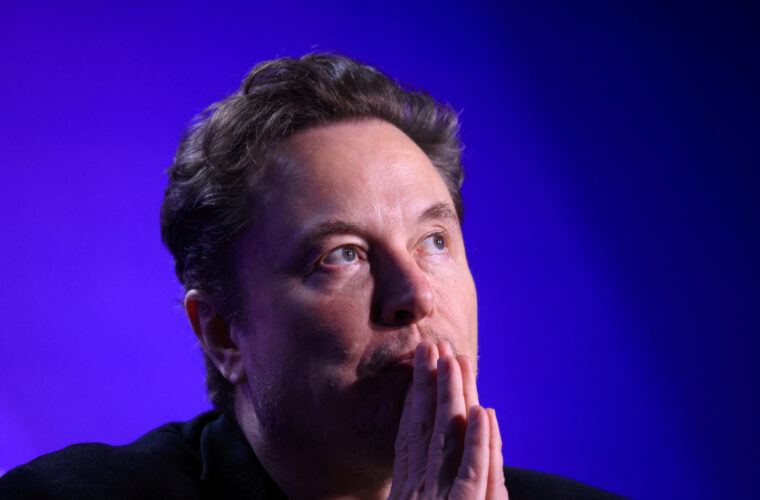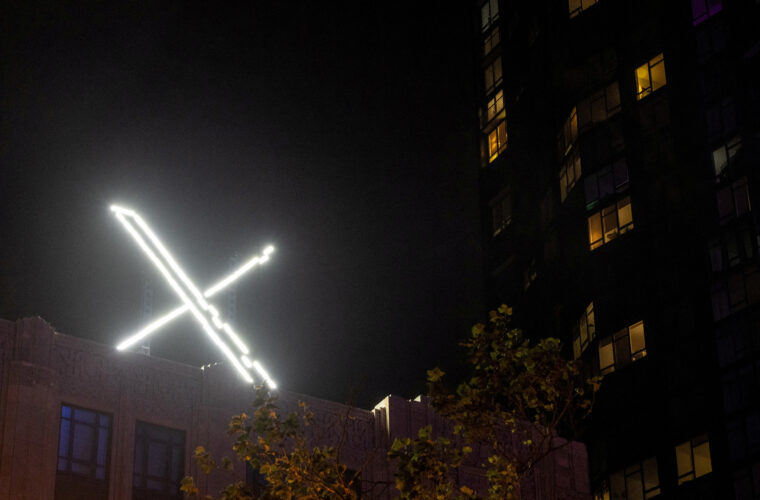Mastodon, a promising new social networking platform, is gaining more and more popularity, attracting thousands of frustrated Twitter users.
The havoc at Twitter after Elon Musk’s acquisition led several users to leave the platform, looking for other social media ecosystems. This open-source social media platform is an alternative that most people are turning to, especially journalists who used Twitter before.
It hosts 2.4 million monthly active users, but the interesting fact is that this social network has gained almost 1.5 million new users since Oct. 27. It is obvious that since the day Elon Musk took over Twitter, thousands of users have turned to Mastodon, and this has led many to talk about a platform coming to replace, perhaps, Twitter.
Welcome to the Fediverse
Mastodon started in 2016 as an open-source project by Eugen Rochko, who was dissatisfied with the state and direction of Twitter.
“Believing that instant global communications were too crucial for modern society to belong to a single commercial company, he sought to build a user-friendly microblogging product that would not belong to any central authority, but remain practical for everyday use,” the company said on its website.
Mastodon describes itself as “the largest decentralized social network on the internet.” In addition, it is also known as a “federated” network, the mean that Mastodon is a collection of thousands of social networks run on servers across the world. These servers are all linked by the Mastodon technology on a platform called Fediverse, which stands for “federated universe.”

It is used to post 500-character messages with pictures, polls, videos, and so on to an audience of followers. Users can follow others and access their posts in a chronological home feed. Unlike Twitter, there is no central Mastodon website. Users sign up to a provider that hosts their account and then can follow others and interact with others using different providers. The exciting thing about Mastodon is that anyone can become a provider since this social network is free and open source. Mastodon has no ads, and its company respects users’ privacy and allows people and communities to self-govern.
Once they choose their username, users can add a profile picture and an image header and start using Mastodon. In comparison to Twitter, when it comes to usernames, there is a different format. People’s usernames will be @[username]@[the Mastodon provider they signed up to]. For instance, a typical username looks like @GeorgeM@aus.social, and it is pretty similar to an email address. Users can also download and install apps on iOS and Android to access their Mastodon accounts.
Mastodon: an alternative of Twitter?
“Funnily enough one of the reasons I started looking into the decentralized social media space in 2016, which ultimately led me to go on to create Mastodon, were rumors that Twitter, the platform I’d been a daily user of for years at that point, might get sold to another controversial billionaire. Among, of course, other reasons such as all the terrible product decisions Twitter had been making at that time. And now, it has finally come to pass, and for the same reasons masses of people are coming to Mastodon,” said Rochko in a blog post.
“We have been working non-stop to maintain quality of service on Mastodon.social and Mastodon.online, but you may have noticed issues such as confirmation emails not arriving or home feeds being delayed. We apologize for the inconvenience and continue to work on addressing these issues. In the future, we plan to add end-to-end encrypted messaging and an exciting groups functionality to our software, together with further updates to our well-received official apps”.



